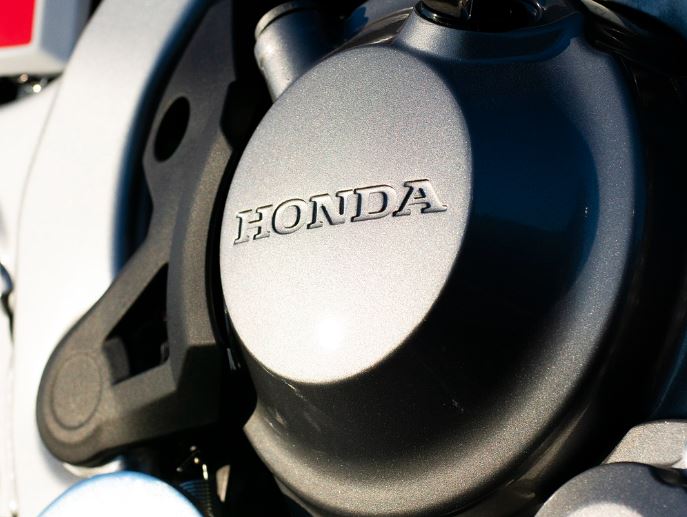Despite a 15 percent year‑on‑year increase to just over 100,000 fuel cell vehicles (FCEVs) worldwide in 2024, global adoption remains less than 0.2 percent of the total electric vehicle fleet. That sluggish momentum has prompted Honda Motor Company to push back the start‑up of its next‑generation fuel cell module plant in Moka City, Tochigi Prefecture, and cut its inaugural capacity from 30,000 to 20,000 units per year.
Originally set to begin production in the fiscal year ending March 31, 2028, Honda’s dedicated facility—which would have reutilized part of its former Powertrain Unit Factory—will now come online on an undetermined later date. By opting out of a METI‑led subsidy scheme that required at least 20,000 units by FY2028, Honda acknowledges the disconnect between its manufacturing timeline and current market demand for FCEVs.
Underpinning Honda’s reassessment is the stark contrast between battery electric and hydrogen uptake. While battery vehicles surpassed 17 million sales in 2024, FCEV sales languished at fewer than 6,000 units, down nearly 40 percent from their 2021 peak. Compounding this challenge, the global network of hydrogen refuelling stations stands at about 1,300 outlets, limiting the practical use cases for fuel cell technology.
Still, Honda maintains that its three decades of hydrogen R&D confer a strategic edge. The company’s next‑generation module, unveiled earlier this year, promises a 150 kW output at half the cost and more than double the durability of its predecessor, in a package one‑third the volume. By targeting four “core domains”—passenger and commercial vehicles, stationary power generation, and construction machinery—Honda seeks to diversify its hydrogen portfolio beyond FCEVs alone.
Yet unlocking these markets requires more than technical refinement. Stationary and off‑road applications hinge on partnerships with utilities and equipment makers, while commercial vehicle uptake depends on fleet operators securing long‑term hydrogen offtake at predictable prices. Honda’s decision to slim its initial plant footprint reflects a strategic pivot: smaller, modular deployments tailored to regional hydrogen hubs rather than a single flagship facility.
Aligning production with infrastructure rollout will be critical. In Japan, only 200 public hydrogen stations serve tens of thousands of potential users, and cost projections for green hydrogen remain between $6–8 per kilogram, well above the $4/kg threshold analysts say is needed for broad commercialization. Honda must therefore synchronize its module availability with both government incentives and private‑sector hydrogen investments to avoid idling capacity.
By delaying and downsizing its Moka City plant, Honda buys time to let market fundamentals catch up with its technology roadmap. If global FCEV fleets, hydrogen refuelling networks, and green hydrogen costs improve in tandem, Honda can still leverage its next‑generation module across multiple sectors. But in the near term, the company’s hydrogen ambitions will ride on pragmatic scaling and cross‑industry collaboration rather than headline‑grabbing production targets.





